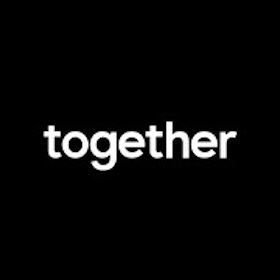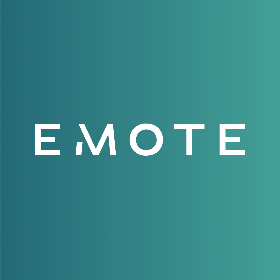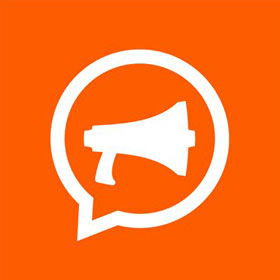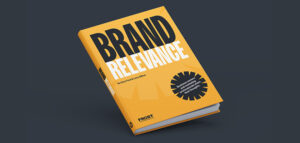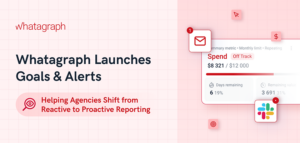
How to Plan Your Agency’s Resources in 2023
For an agency, resource planning is one of the key factors in smooth and successful operations. Essentially, good resource management can help you determine whether you have the capacity to deliver current and expected work, whether you need to bring in freelancer support, or even hire new recruits.
Recent times have added some further challenges to agency resource forecasting, with an increased trend for hybrid working making it more difficult to know just what everyone’s working on. But while peaks and troughs can be a somewhat-inevitable part of agency life, with a few calculations you can plan your resource smartly and capably.
How to get your resource planning right?
Remember, time is everything
For an agency, time is your commodity. It’s what you sell and how you make profits. It makes sense, therefore, that it’s the starting point in your resource planning. The first thing to do is understand how much time you currently have available to sell.
This means working out how much each team member has available to do chargeable work, which is their ‘utilisation’ rate. What do I mean by this? Well, clearly some team members don’t have billable hours, such as resource managers or finance teams. But for those that do, the planners or doers, not every minute of every working day will be chargeable. Think about tea breaks, toilet breaks, meetings/briefings, and lunch. Not to mention things like pitches, internal jobs and new business.
To work out a utilisation rate for each person, you need to do some calculations. A good starting point is to talk to each team member. Ask them how much time they roughly spend on non-billable work. Of course, this will vary from person to person and it’s not set in stone, but you might find some team members are more frequently put on internal jobs, for example, than others.
Take a look back at timesheets over the past year, if you have this data. Then you can deduct their non-billable hours from their total hours, which will give you your number of chargeable hours (you can turn this into a percentage). This will be different for each agency and each role, but experts from Agency Works say the average figure is 62.5%.
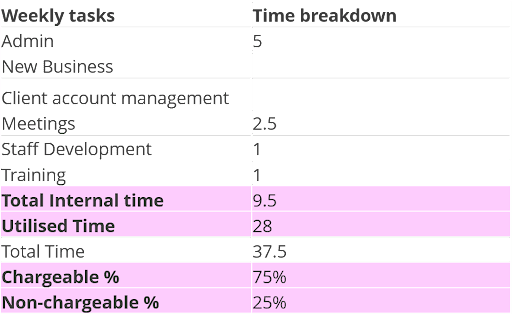
Calculating an individual’s utilisation rate
Once you have a realistic idea of each team member’s available hours per week, month and year you can multiply by your rate to get an idea of how many hours you have to sell per skillset.
For example, if you have four copywriters with an average of 100 available hours per month at £75ph, you can sell 400 hours or £30,000 worth of copywriting.
Now look at what’s already been sold
It’s essential here to remember the difference between estimated time and quoted time. Estimated time is your internal guide for how long you need to complete the job. Quoted time is how much you’ve quoted the client. Some agencies quote less to fit in with budgets, for example. But you need to take into account how long a job will actually take to effectively know how many hours you have accounted for. Compare estimated versus available to get a figure for your remaining capacity.
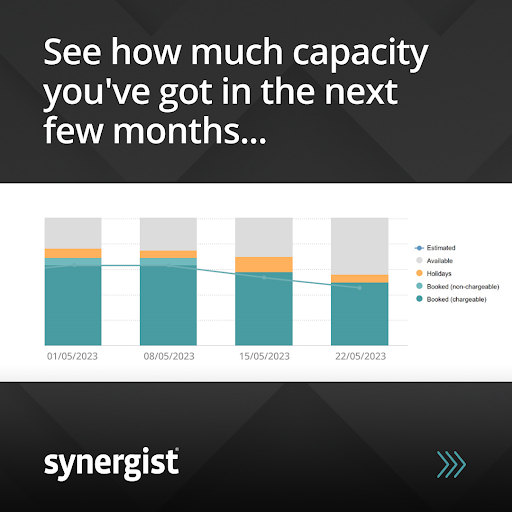
Synergist Booked vs capacity report
Then you need to turn your attention to your pipeline, eg what work is coming in? Some of this may be definite, but other projects may be still at the ‘opportunity’ stage. You could give these a weighting of the probability of converting, giving the most credence to those with a 75% and over chance.
Now you know what each team member’s utilisation rate is, how much time each team has available, what you’ve already sold and what’s coming in. This shows you which resources still have the capacity and any teams that might be looking overbooked.
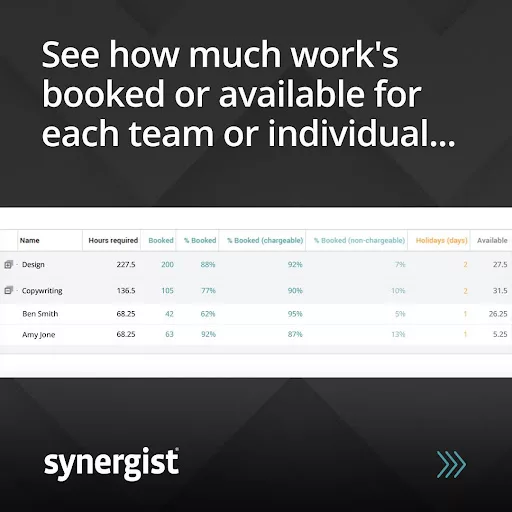
Synergist Capacity report by team and individual
Finding the right balance
Agency work can come in peaks and troughs, and sometimes we need to just accept this is the nature of the job. But having one team running around like headless chickens with another sat idly by is not good for morale or profit margins. So this is where you need to think carefully about how to manage demand.
In general, this means looking at bringing in freelancers, shifting work between departments where you can or, ultimately, recruiting.
Using freelancers…
If it looks like a particular peak is one-off or likely to be short-lived, you can bring in freelancers. This can be a particularly useful approach if you have a strong roster of people who can come in and effortlessly pick up the work. But you need to be strict. Don’t keep freelancers on beyond the project you’ve hired them for on a ‘just-in-case’ basis. This is a tempting trap that agencies often fall into, but having a freelancer around simply to mop up extra work is a costly business.
…or do you need to start recruiting?
If it seems likely that a particular team is going to have too much work in the long term, it could be time to consider hiring. In the long run, paying freelance rates to someone who’s a member of staff in all but name will cost you far more than recruiting a new team member.
On the flip side, if a particular team looks as though they will be underutilised for the foreseeable future, you need to review why this is? Have you shifted the way you work? Have clients moved away from using a particular service? Or have you simply not been focusing on selling for this area? If it’s the latter, you can simply try to up your sales game. But if the work for this team is in general decline, you could look at restructuring, seeing if any of your existing team members are willing to upskill or retrain to adapt to your changing needs.
Having an overworked team in one corner when you’re paying for freelancers and an underused team in the other where you’re paying salaries doesn’t make for a happy equation in terms of profit.
Using an agency management system
It’s only by having a clear idea of utilisation rates by skillset or individual team member that you can really get a picture of what’s happening across your whole agency. Without these upfront calculations, it could take some time before you start to notice these patterns. And as a resource is the biggest expense for agencies, that in turn will impact your profitability and growth.
This is where an agency management system can be worth its weight in gold. Making calculations based on real, accurate data means that your decision-making is informed rather than based on guesswork. While team members can give you a rough idea of how long they spend on non-chargeable work, an agency management system offers a full breakdown of the figures.
Synergist’s capacity planning features can give you a clear picture of how much time has been estimated for live jobs, time booked on chargeable and non-chargeable work or holidays, and how long is still available, by team, individual or skill set.
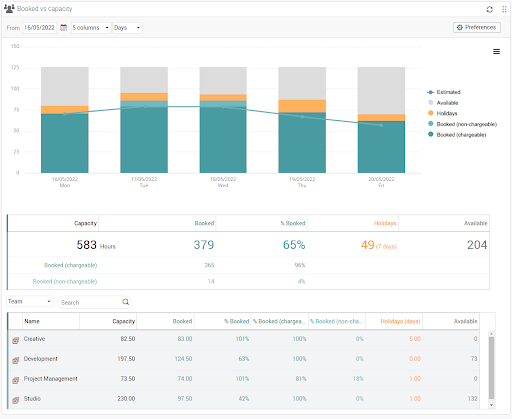
Synergist Capacity Management Dashboard
Plus, you can track opportunities in your pipeline to help you proactively plan your resources so there are no nasty surprises to firefight. While it might feel good to think you have lots of projects coming in, these will only be profitable if you have the right people to work on them.
From chaos to calm
Resource planning might sound complicated but with the right agency management tools, it can be surprisingly simple. Effective forecasting helps you move away from the chaotic feast-or-famine way of working that seems to beleaguers so many agencies.
Instead, it can shift you into a more peaceful mode, with teams operating at as near to full capacity as possible.
The challenge to agencies is to keep teams busy but at optimum levels. Too busy and you’ll have very stressed people who aren’t producing their best work. Too quiet and you’ll have bored creatives giving hours and hours to the tiniest of projects. Resource management is about job satisfaction, better profits and growth management. While the day-to-day work of an agency is in creative thinking, the ultimate profitability and sustainability are in the planning and preparation.
Visit Synergist’s website to learn more about how Synergist can help you power your agency’s performance and profitability.



